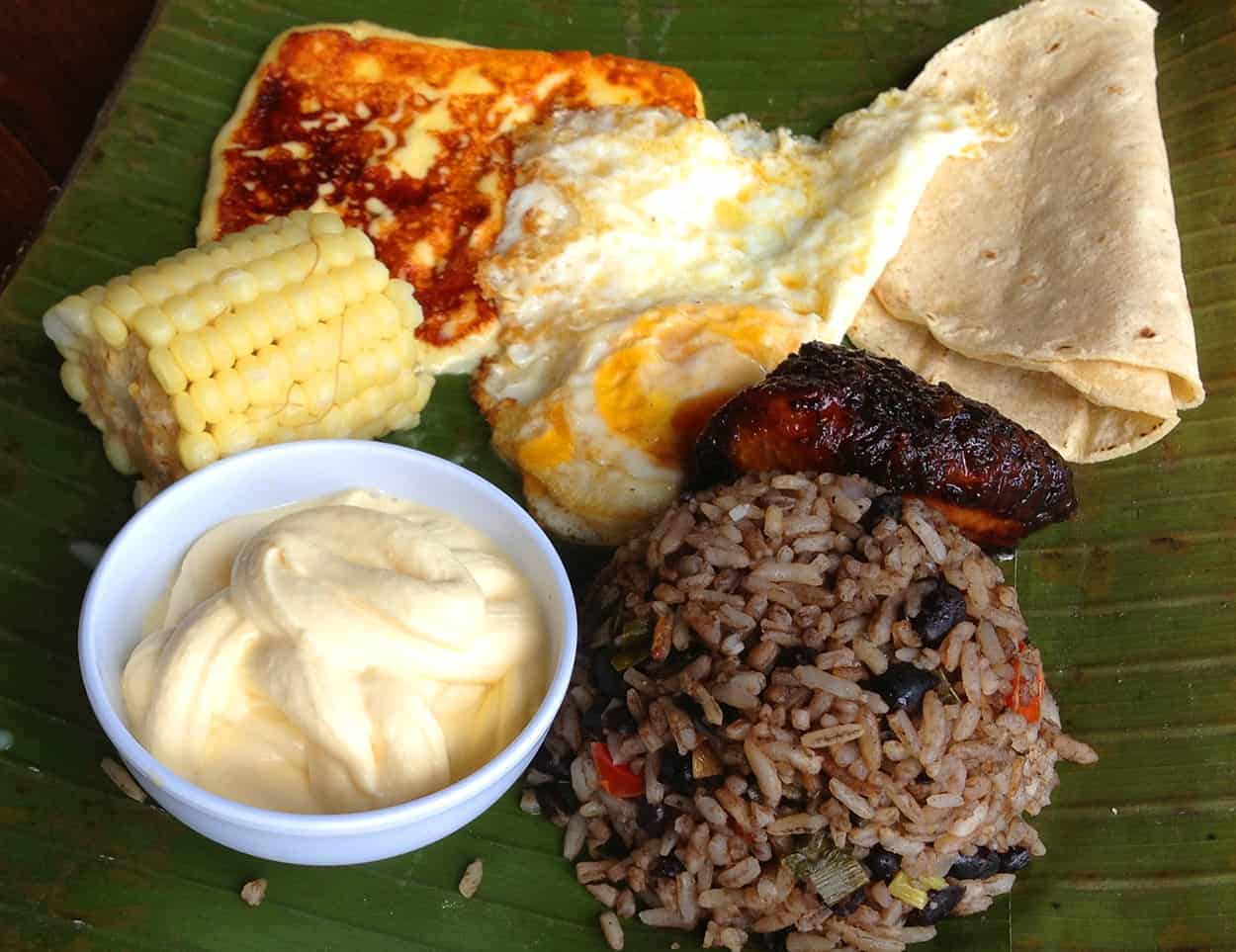After the long, hot dry season, spring is in the air. The transition rains have begun in most regions of the country, bringing rebirth and regeneration, and farmers all around Costa Rica are preparing their fields for planting.
Gardeners can also take advantage of this time to prepare for the main gardening of the year. All the elements of nature are optimal for the growth of plants. Sunlight hours, for example, are increasing slightly each day until June 22, the longest day of the year.
This subtle increase in the daily photoperiod stimulates plants to grow fast and produce more foliage, which means better crops. At this time, there are also fewer insects; many are still dormant in the soil, which gives plants a chance to develop without significant damage. Finally, the average daily temperature drops about 5 degrees Celsius as the rains return, creating a cooler environment and less stress for garden plants.
Two traditional, favorite staple crops for planting directly in the garden now are corn (maíz) and beans (frijoles), as well as squash (ayote), taro (tiquisque) and cassava or manioc (yuca).
Try planting a milpa, or traditional indigenous corn patch, this time of year, so you can harvest corn on the cob about midyear. Instead of planting corn in long rows, try planting three corn seeds in fertile spots filled with compost and spaced one meter apart. This gives the area more sunlight and provides space for planting companion plants with the corn.
Pole beans (vainica) can be planted around the young stalks of corn when they are kneehigh. As the corn grows high, the bean plants will climb the stalks and provide a bumper crop of green beans just about the same time the corn is ready. Squashes, taro and cassava can also be planted around the corn patch, giving you a diversified planting that will provide an abundance of food for the family.
Nontraditional crops for this time of year include sesame (ajonjolí), peanuts (maní) and sweet potatoes (camote), which are all planted directly in the soil.
Most garden vegetables are also started now, but more care is needed to ensure successful harvests. Starting your seeds in flats with prepared soiled will give your seedling plants a safe start in life, free from the hazards of insects, torrential rains and blazing sunlight.
When seedlings reach two to three inches high, transplant them to a cup or small pot.
Keep them in a shady area for a few days, and then move them into an area with broken sunlight. Two weeks later, your seedling plants should be growing vigorously and will be ready for transplanting into the garden.
Transplanting from cups to the garden prevents severe stress that often stunts plant growth and lowers production. Lettuce (lechuga), onions (cebolla), tomatoes (tomate), cabbage family members such as Chinese cabbage (repollo chino), broccoli (brócoli) and cauliflower (coliflor), as well as eggplant (berenjena), cilantro (culantro), parsley (perejil), celery (apio) and beets (remolacha), are good choices for this time of year. Local agricultural supply stores provide a wide selection of seeds for your gardening needs.
Now is the time to plant fruit trees and ornamentals, too, since getting them transplanted to their permanent sites will ensure they have plenty of time to grow hardy roots during the rainy season, before the dry season returns. Nurseries around the country offer a wide selection of grafted fruit trees, which can often produce fruit in the third year after planting. Bamboo and wood trees are also favored by planting in this season.
Like the old Chinese proverb goes: Miss spring, miss the whole year.






